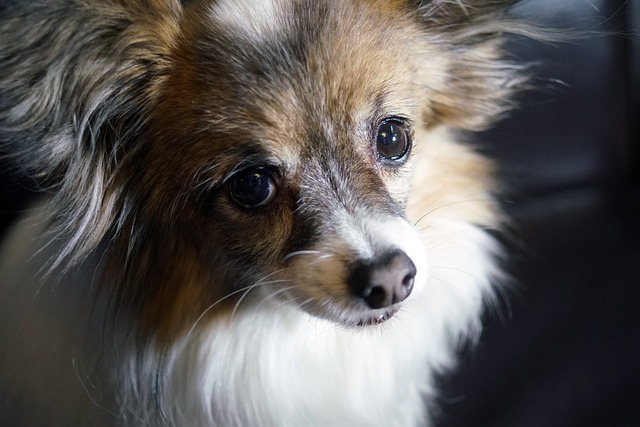
How do i train my dog to be obedient?
Watching your dog dart across the park ignoring your calls isn’t just frustrating—it can put them at risk near busy streets or public spaces.
How do I train my dog for agility? Let’s set the scene: It’s a crisp Saturday morning at your local park, and your 1-year-old border collie, Luna, is practically vibrating with energy. She spots the agility course—bright orange tunnels, low hurdles, and a line of colorful weave poles—and starts pulling on her leash, whimpering to get closer. You laugh, but inside you’re thinking, “Where do I even start?” For new dog owners in the U.S., agility training looks like a blast, but it’s more about baby steps than bold leaps. Let’s break it down, step by step.
Agility training works because dogs thrive on two things: mental challenges and bonding with their people. It’s not just about jumping over things—it’s about teaching your pup to follow cues, problem-solve, and trust you, even when surrounded by new sights and sounds. But here’s the catch: Their bodies need to be ready. Puppies under 12-18 months (depending on size) have growing joints, so skip high jumps or hard landings until your vet gives the green light. Think of it like teaching a kid to ride a bike—you start with training wheels, not downhill races.
First, nail the basics. Agility relies on solid obedience, so make sure Luna knows “sit,” “stay,” and “come” before adding obstacles. Practice these in your backyard: Call her name, say “come,” and reward with a tiny hot dog piece when she bolts to you. Do this 10 times a day—consistency builds muscle memory. Once she’s a pro, introduce the first obstacle: a tunnel. Start with a short, open tunnel (you can even use a large cardboard box at first). Toss a treat just inside, say “tunnel,” and let her investigate. When she goes through, cheer like she just won a trophy: “Luna, that’s AMAZING!” Repeat until she zooms through on cue.

Next, add a low hurdle—start with a pool noodle on the ground, not a raised bar. Hold a treat on the other side, say “hurdle,” and let her step over it. Praise and reward, then gradually raise it an inch at a time (never more than 6 inches for small breeds, 12 for large ones). For weave poles, use just two poles at first, spaced wide apart. Lure her between them with a treat, saying “weave,” and reward when she makes it through. Add more poles slowly as she gets confident. Keep sessions short—10-15 minutes max—and end with a game of fetch. Tired dogs learn better, but burnt-out ones check out.
Now, let’s talk responsibility. In the U.S., rabies vaccines are non-negotiable—Luna needs her shots up to date, especially if you join group agility classes (most clubs require proof). When training in public parks, always pack poop bags; leaving waste is not just gross, it’s illegal (fines hit $200 in Atlanta). Culturally, never yank her leash or scold if she hesitates at a tunnel—fear kills fun. Instead, go back to the last step she aced and try again with extra treats. In apartments, practice “mini agility” indoors: Use couch cushions as hurdles or a blanket tunnel between chairs—just avoid loud clattering that disturbs neighbors. At the park, keep training sessions on the edge of busy areas—respect others’ space, especially around kids or other dogs.
Agility is about joy, not perfection. Some days Luna will nail the weave poles; other days, she’ll stop to sniff a flower. Celebrate every small win, stay patient, and soon you’ll both be grinning as she zips through the course—together, as a team.

Watching your dog dart across the park ignoring your calls isn’t just frustrating—it can put them at risk near busy streets or public spaces.

New puppy owners often find themselves rushing to clean up accidents before they set in, and that’s where puppy pad training becomes a game-changer.

If you've noticed your dog's waistline disappearing and your veterinarian has mentioned those few extra pounds, your first instinct might be to simply reduce the amount of food in their bowl.

Training a dog to use a designated spot indoors isn’t as daunting as many new owners fear, but it does take consistency and an understanding of your pet’s needs.

That moment of dread on a walk is all too familiar for many new dog owners. You see another dog approaching down the sidewalk of your neighborhood

If the sight of another dog on your neighborhood walk makes your heart sink as your own dog erupts into a frenzy of barking and lunging, you're not alone.